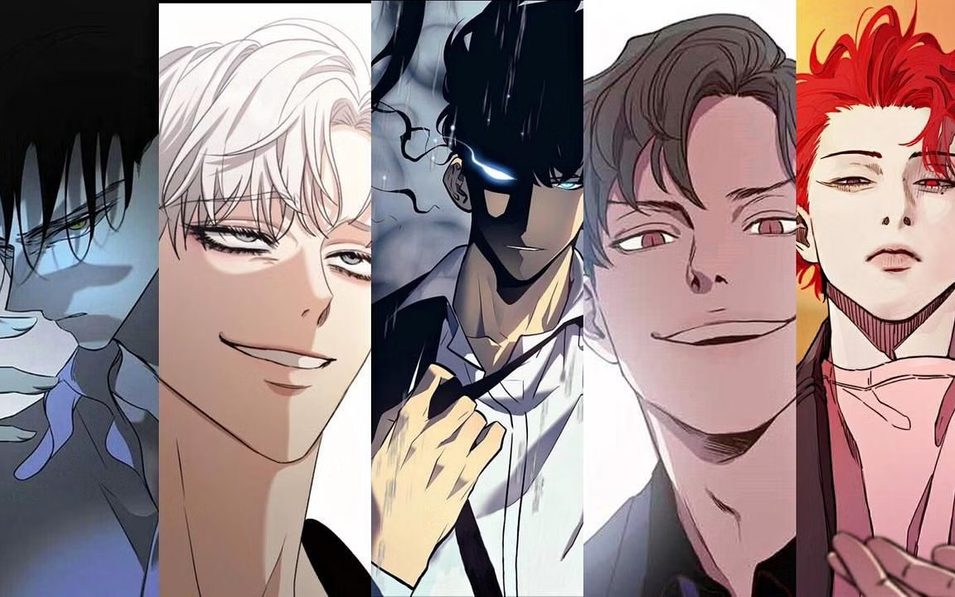
Manhwa & Comic Inspiration Behind Drawing Lessons
Posted on October 8, 2024
In this season’s production of Drawing Lessons, dynamic, jump-off-the-page drawings show Kate’s manhwa graphic novel coming together, even as she deals with school, friends, and how her Korean heritage fits into her American lifestyle.
3 Things to Know About Drawing Lessons
Jack Tamburri, Director of Drawing Lessons, shares 3 things to know about the World Premiere play:
1) The role of Matt, the father, was written for actor-musician Matt Park, who wrote a musical with Michi Barall in 2016, and who is a Minneapolis native. Matt’s childhood informed the decision to set the play in Minneapolis and in the 1990s.
2) Illustrator Blue Delliquanti, who is creating many of the drawings that you’ll see in the play, teaches comics and cartooning at MCAD, right next door to CTC.
3) Elfquest, the comic book that inspires Kate to draw her own comic, is a real comic series, published independently by its creators Wendy and Richard Pini. It ran continuously from 1978 to 2013!

What is Manhwa? | 만화 | 漫畵
Manhwa are comics that originate from South Korea, and while their themes and art are quite similar to that of manga, there are a few significant differences. Like Western texts, manhwa are read from left to right, and most of them are in color instead of the traditional manga standard of black-and-white. (CBR.com “20 Best Manhwa of All Time, Ranked” by Ajay Aravind, Sarika Mittal & Chelsea Steele).
What are the most popular Manhwa?
Some of the most popular Manhwa include Solo Leveling, The Horizon, and Wind Breaker.
What is the longest Manhwa?
The Tower of God is considered the longest Manhwa ever.
What was the first Manhwa?
The first Manhwa was Manhwa Haengjin, which was first published in 1945.
Source: GeeksforGeeks.org “FAQs: Top 10 Manhwa of All Time”.
The Differences Between Manga, Manhwa, & Manhua, Explained
- The terms ‘manga’ and ‘manhwa’ come from the Chinese term ‘manhua,’ which means ‘impromptu drawings.’
- Manga are Japanese comics, manhwa are Korean comics, and manhua are Chinese comics.
- The creators of these East Asian comics also have specific titles: a person who makes manga is a ‘mangaka,’ a person who creates manhwa is a ‘manhwaga,’ and a person who makes manhua is a ‘manhuajia.’
- Manhwa has its own history of development, though it’s still tied to that of Japanese manga.
-
- During the Japanese Occupation of Korea (1910-1945), Japanese soldiers brought their culture and language into Korean society, including the importation of manga.
-
- From the 1930s to the 1950s, manhwa was used as propaganda for war efforts and to impose a political ideology. Manhwa became popular in the 1950s but then experienced a decline in the mid-1960s because of strict censorship laws.
-
- However, manhwa became popular again when South Korea launched websites that publish digital manhwa known as webtoons.
- Manga and manhua are read from right to left, and from top to bottom, which can definitely take some getting used to. However, manhwa is similar to American and European comics in that they’re read from left to right, and from top to bottom.
- Digital manhwa is published in color, but print manhwa is traditionally published in black and white, similar to manga.
Source: CBS.com “The Differences Between Manga, Manhwa, & Manhua, Explained” By Timothy Blake Donohoo, Ederlyn Peralta, Jenny Melzer & Katie Doll.
Comic References in Drawing Lessons

Elfquest
A comic book fantasy series created by Wendy and Richard Pini about a community of elves and other fictional species who struggle to survive and coexist on an Earth-like planet.

Charles M. Schulz and Peanuts
A Minneapolis native, Charles M. Schulz was the creator of the comic strip Peanuts which featured Charlie Brown and his dog Snoopy. He is one of the most influential cartoonists in history and influenced many other artists and cartoonists. He drew over 17,000 strips of Peanuts.

The Yellow Kid
The Yellow Kid was a comic strip character from Hogan’s Alley, a comic strip from the 1890s created by Richard F. Outcault. Hogan’s Alley was one of the first Sunday comic strips in an American newspaper. The Yellow Kid was a bald, barefoot boy who wore an oversized yellow nightgown. His speech was often written across his shirt.

